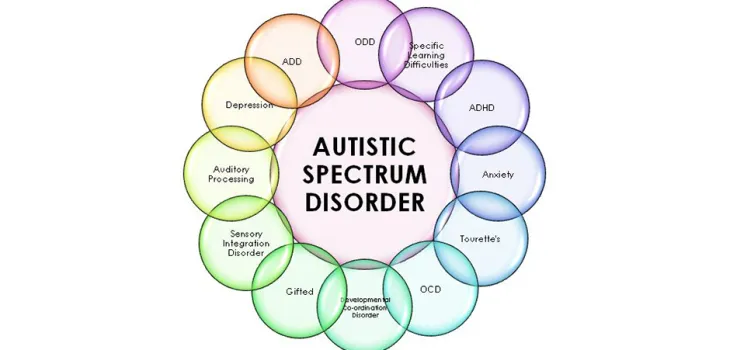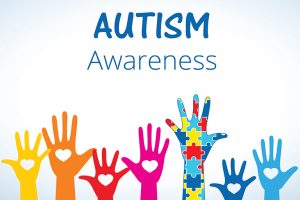Introduction
In recent years, there has been a growing recognition and understanding of Autism Spectrum Disorder (ASD). This neurological condition, characterized by unique ways of experiencing the world, affects individuals across a wide range of abilities and challenges. In this blog post, we will explore the world of ASD, shedding light on its diverse nature, addressing common misconceptions with compassion, and fostering a greater acceptance of neurodiversity.
Unveiling the Autism “Spectrum”

The term “spectrum” in Autism Spectrum Disorder reflects the wide range of abilities and challenges experienced by individuals with ASD. Each person on the spectrum has their own beautiful set of strengths, weaknesses, and characteristics. Some individuals may have exceptional talents in specific areas such as mathematics, music, or art, while others may face difficulties in daily communication and social interactions.
Challenges and Strengths
People with ASD face various challenges in their daily lives. Difficulties with social interaction and communication can sometimes lead to feelings of isolation, anxiety, and frustration. Sensory sensitivities can make certain environments overwhelming and distressing. However, it is essential to recognize and celebrate the strengths that individuals with ASD possess. Attention to detail, pattern recognition, creativity, and logical thinking are just a few of the many strengths that can be found within the ASD community.
Neurodiversity and Acceptance
Neurodiversity emphasizes the idea that neurological differences, including those associated with ASD, are simply natural variations of the human brain. It promotes the acceptance of different ways of thinking, learning, and experiencing the world. By embracing neurodiversity, society can create an inclusive environment that values and appreciates the unique contributions of individuals with ASD.
Building Empathy and Understanding
Developing empathy and understanding for individuals with ASD is crucial in creating an inclusive society. Recognizing the challenges they face and acknowledging their strengths can help break down barriers and foster meaningful connections. Educating ourselves about ASD, its characteristics, and the experiences of individuals on the spectrum can go a long way in promoting empathy and acceptance.
Supporting Individuals with Autism Spectrum Disorder
Supporting individuals with ASD requires a multifaceted approach filled with kindness and compassion. Early intervention programs, such as speech therapy, occupational therapy, and social skills training, can help individuals with ASD develop essential skills and coping mechanisms. Additionally, providing accommodations and creating inclusive environments can make a significant difference in the lives of individuals with ASD. These accommodations may include visual supports, clear communication strategies, and sensory-friendly spaces.
The Role of the Community
Communities play a vital role in supporting individuals with ASD and their families. Organizations, support groups, and online communities offer valuable resources, guidance, and a sense of belonging. By fostering an environment of acceptance and inclusivity, communities can create opportunities for individuals with ASD to thrive and lead fulfilling lives.

Conclusion
Autism Spectrum Disorder is a diverse and complex condition that affects individuals in unique ways. By dispelling misconceptions with kindness and compassion, embracing neurodiversity, and fostering empathy and understanding, we can create a society that values and supports individuals with ASD. Through education, awareness, and community engagement, we can build a future that celebrates the strengths and contributions of every individual, regardless of their place on the spectrum. Let us work together to create a world where everyone feels accepted and included, regardless of their neurological differences.
Victor Care has vast experience in providing services to people with Autism, you can contact us here to discuss your needs.
To understand and study more about autism click here to read scholarly article.


Leave a Reply
You must be logged in to post a comment.